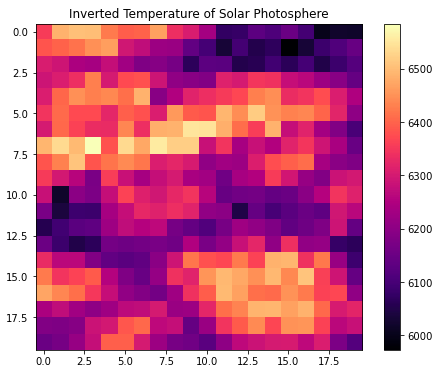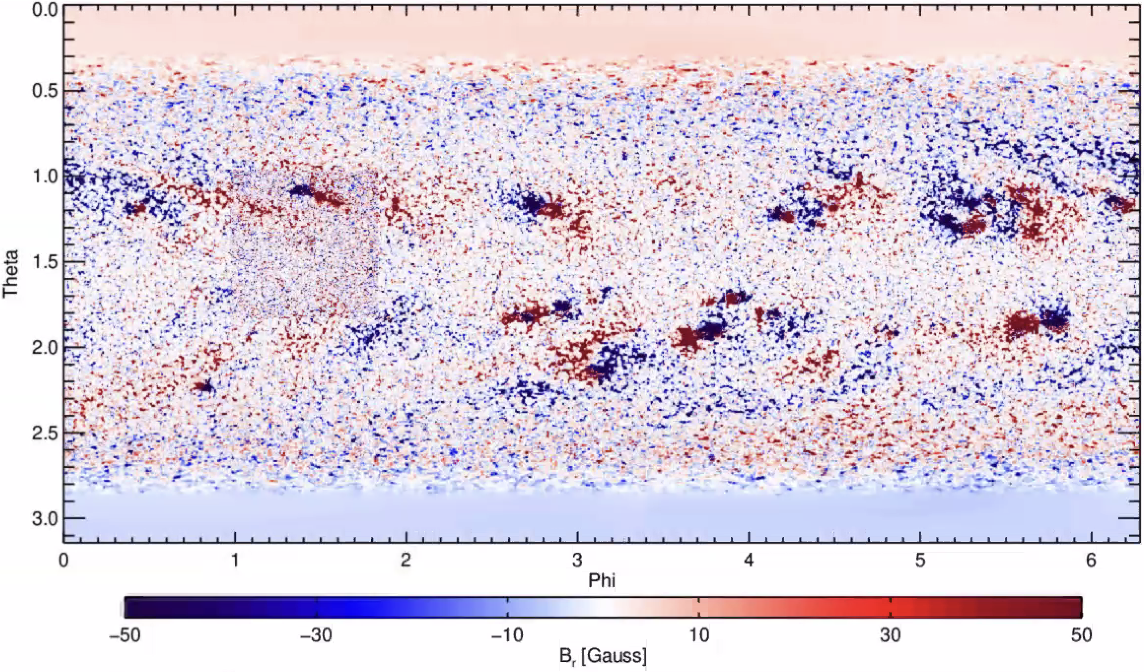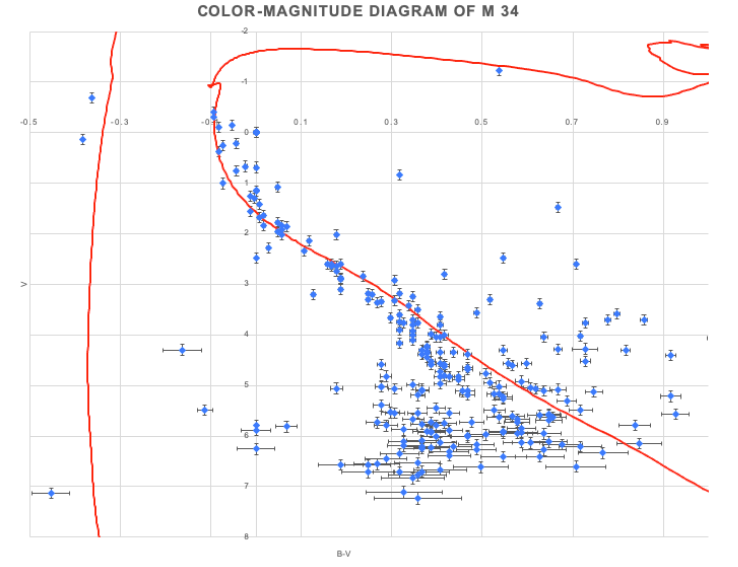Welcome!
Astrophysics Graduate Student at the University of Colorado, Boulder. I use code to test astrophysical models, especially ones about the Sun and other stars.
My name is James Crowley, and I'm a graduate student at the University of Colorado, Boulder. I'm interested in using computational astrophysics to study high resolution stellar structure - this means combining cutting-edge observations with theory and designing code to study stellar and solar astrophysics. At CU Boulder as an undergraduate, I've had firsthand research experience on a project studying the structure of the solar photosphere, and teaching experience through serving as a Learning Assistant directly in the classroom. Find more information below, and feel free to reach out to me via email or any of my other links.
 Outside of academics, I'm also passionate about science and outreach. I volunteer regularly for the Charles E. Daniel Observatory and I've designed and taugt astronomy related-lessons in high schools and middle schools across Colorado through CU-STARs (CU Science, Technology, and Astronomy Recruits). Some of my other hobbies include astrophotography, mountain biking, and hiking.
Outside of academics, I'm also passionate about science and outreach. I volunteer regularly for the Charles E. Daniel Observatory and I've designed and taugt astronomy related-lessons in high schools and middle schools across Colorado through CU-STARs (CU Science, Technology, and Astronomy Recruits). Some of my other hobbies include astrophotography, mountain biking, and hiking.
Recent Projects
 1. Spectropolarimetric Inversions of the Quiet Sun
1. Spectropolarimetric Inversions of the Quiet Sun
I am currently working on a project at the National Solar Observatory desinging an 'Inversion Code' using models of solar physics to reproduce physical conditions of the Sun's Photosphere. Combined with data from the HINODE satellite's Spectropolarimeter, our project aims to search for subtle differences in solar structure - notably the temperature - throughout the Solar Magnetic Cycle. Click below for a detailed writeup on the project or a narrated poster and overview of the project that I presented at AAS 238
Link to Thesis Writeup PDF Narrated Poster from AAS 238More Details and Figures
 2. Linking Surface Magnetic Fields to the Structure and Dynamics of the Solar Corona
2. Linking Surface Magnetic Fields to the Structure and Dynamics of the Solar Corona
As a part of a NASA LWS funded research project, I use high-resolution data of the solar photosphere to infer and interpet vectot magnetograms of the photosphere. These are then used as lower boundary conditions for a 3D MHD simulation of the Solar Corona, with the goal of understanding how different scales of magnetic fields interact and drive the solar corona. Find more details in the links below!
Project Proposal & Details
 3. Isochrone Dating of Open Star Clusters
3. Isochrone Dating of Open Star Clusters
Collected, processed, and analyzed data of open star clusters, with the aim of finding an approximate age of the clusters using Isochrone dating, Presented findings as a part of a project-based astronomy class at the University of Colorado, Boulder.
 4. Other Projects
4. Other Projects
Other coding projects! Some are related to school or research, and some are just fun ideas I've wanted to try out! A few of them are posted on my github - check them out!
Research Scripts & Fun Projects
More to come! (still adding more to website)
Get In Touch
Feel free to reach out! The best way to reach me is via email.